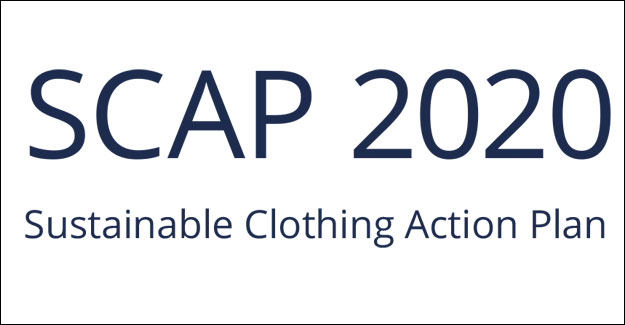
SCAP 2020 Sets The Tone To Scale Up Fashion Circularity
Led by WRAP, the Sustainable Clothing Action Plan (SCAP) was a groundbreaking framework designed to reduce the environmental footprint of clothing in the UK. In its final report, released in October, WRAP reveals that 90 organisations, including brands and retailers representing 43-48% of UK clothing by sales volume, managed to collectively reduce their environmental footprint.
- Against a 2012 baseline, the signatories had a target of reducing their carbon footprint by 15%. They achieved a reduction of 21.6%.
- Against the target of reducing water consumption by 15%, the achievement was a reduction of 18.2%.
- Waste footprint reduction target was 3.5%, but the achievement fell short at 2.1%.
- And clothing in household waste reduction target was 15%, however, the outcome was just 4%.
- 102,000 tonnes of imporved fibres were used in 2020 alone.
- 63% of cotton sold in 2020 was from more sustainable sources.
- 14% of polyester sold in 2020 was from recycled sources.
- 690,000 tonnes of clothing was collected by 2020 by reuse and recycling signatories.
- 3 circular clothing initiatives have been inspired by SCAP to date.
- Changes in electricity grid mix (accounting for 7% reduction in carbon footprint)
- Changes in washing and use behaviours of consumers (5% reduction in carbon footprint)
- Shift in fibre mix away from carbon intensive fibres such as acrylic and wool
- Use of more sustainable cotton fibre
- Improved dyeing techniques
- However, changes in fibre mix in 2020 led to large increases in cotton consumption, negatively impacting water footprint
- In 2019, water footprint had reduced by almost 20%
- Final reduction is however, 18.2%
- Biggest factor was changes in fibre mix
- Retailers’ waste reduction, alongwith reuse and recycling, resulted in 2.1% reduction in waste.
- 4% reduction in clothing waste to landfill or incineration between 2021 and 2018.
- There is a large gap between target and outcome
- Growing population spending more on average on clothing
- Data excludes other ways to dispense with clothing – online resale platforms, informal exchange with family and friends, etc
Textile Excellence
Subscribe To Textile Excellence Print Edition
If you wish to Subscribe to Textile Excellence Print Edition, kindly fill in the below form and we shall get back to you with details.








